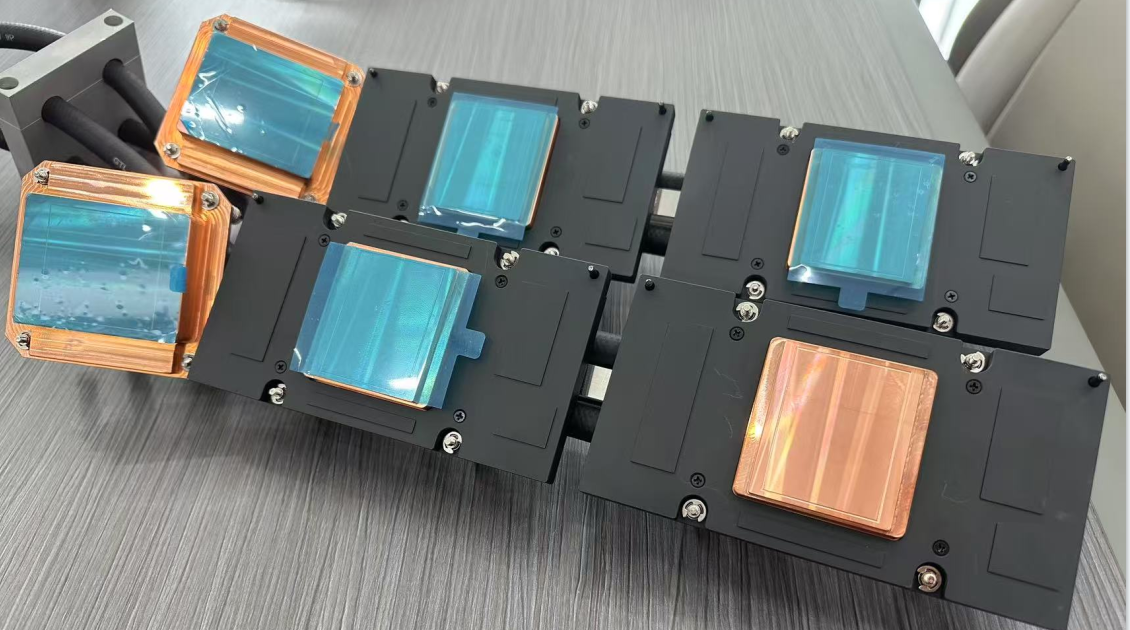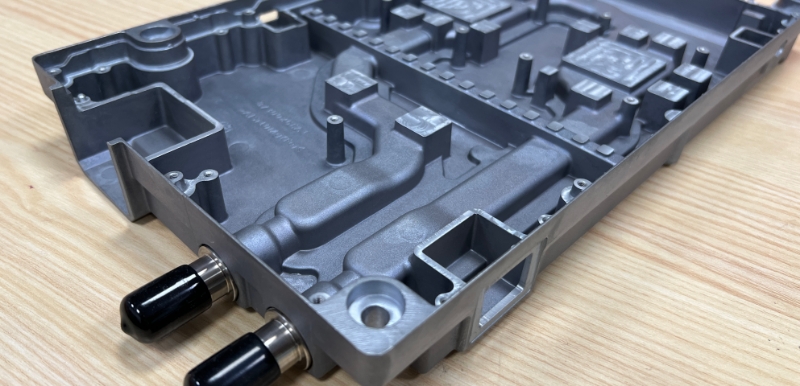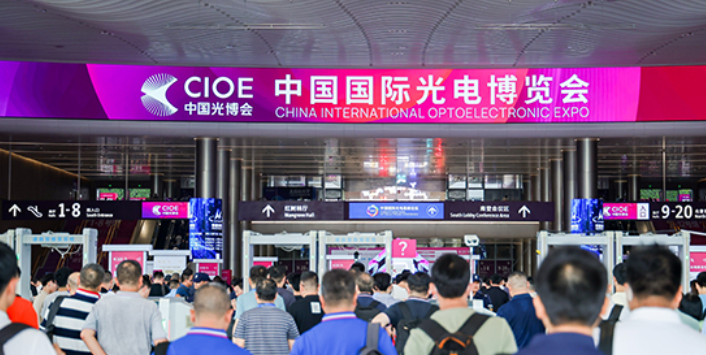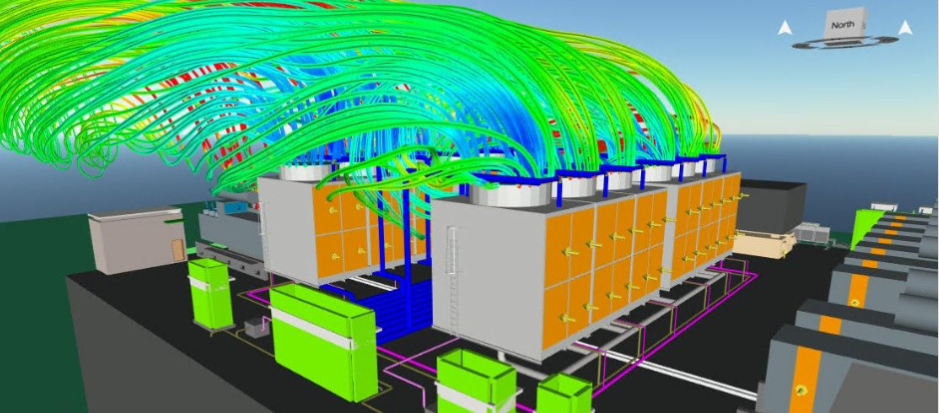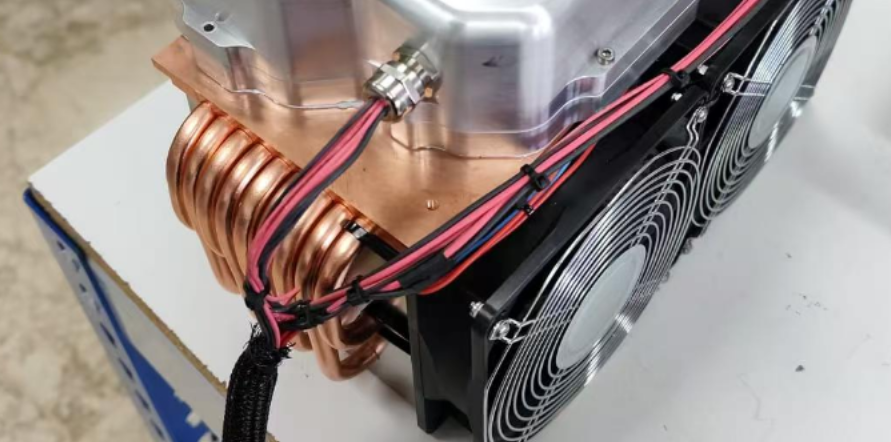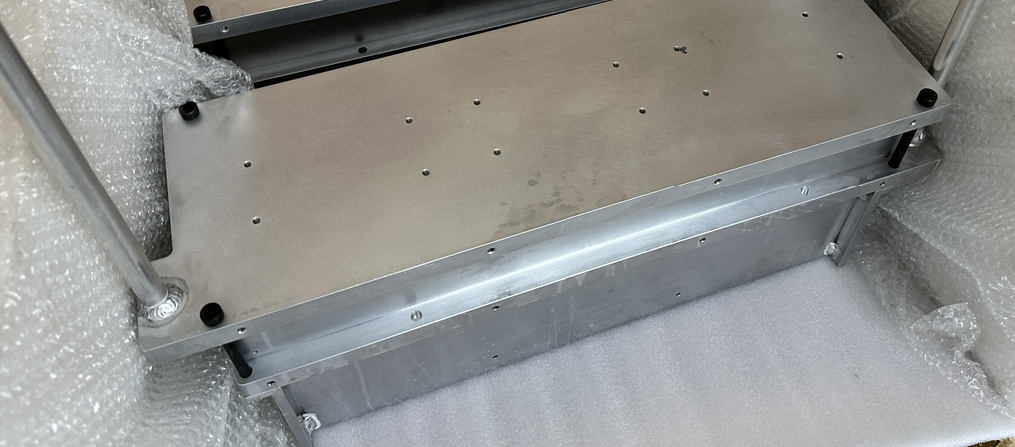In the current era of rapid development of artificial intelligence (AI) and cloud computing technologies, the continuous iterative upgrade of AI models is driving an explosive growth in the demand for intelligent computing power. Authoritative data shows that the compound annual growth rate of China’s intelligent computing power in the next five years is expected to reach 40%. This trend has brought about a chain reaction: on the one hand, the demand for computing power is escalating exponentially. For example, when training a 70B model, at least 32GB of video memory is required in the FBFP8 format. On the other hand, the data throughput is expanding sharply. A cluster with thousands of GPUs needs to process up to 2.88EB of data per day, which is equivalent to transmitting 34,000 4K movies per second. In this context, the energy efficiency ratio has become a key indicator for measuring the performance of AI servers. The new generation of liquid cooling solutions optimize heat dissipation, enabling an additional training of 3 billion models per 10,000 yuan of electricity cost, and thus becoming the core technology for breaking through the industry bottleneck.
AI models of different scales have diverse requirements for hardware configurations, which further highlights the importance of liquid cooling solutions. Taking the Deepseek series models as an example, the 7B model is suitable for lightweight text generation and simple human-machine conversations, and a single RTX 4090 graphics card (with 20GB of video memory) can meet the demand. However, for tasks such as complex logical reasoning and multilingual analysis, the 70B model requires 8 H100 or A100 80GB graphics cards (with a total of 180GB of video memory). The even larger 671B model requires as many as 32 H100, H20, or H200 graphics cards, with a video memory demand of up to 1.5TB. As the complexity of models and the scale of hardware increase, the power consumption of servers has significantly increased, and the traditional air cooling efficiency is no longer sufficient to meet the demand. Liquid cooling technology, with its higher heat dissipation efficiency, has gradually become the mainstream choice in the industry.
The liquid cooling design of AI servers is undergoing technological innovation to adapt to the increasingly stringent heat dissipation requirements. The new generation of designs adopts a multi-channel parallel and multi-stage shunt architecture. Through the coordinated operation of multiple cooling channels, the risk of single-point failures is reduced, and a more uniform flow rate distribution is achieved, effectively reducing heat accumulation problems. In terms of hardware structure, designs such as built-in distributors and stainless steel single-card brackets optimize the layout within the limited space. The combination of flexible hoses and rigid pipes in the pipeline design not only ensures flexibility but also reduces the risk of liquid leakage. In addition, the design of pluggable interfaces and liquid cooling blocks with large flow rates and multiple diameters further improves the maintainability and heat dissipation efficiency of the system, providing a reliable guarantee for the deployment of high-density servers.
In addition to the upgrade of the heat dissipation architecture, the research and development of special cooling liquids is also of great importance. The cooling liquid for high-density plate-type liquid cooling systems needs to possess multiple characteristics: maintain stable fluid viscosity and thermal performance within a wide temperature range from -40°C to 120°C, ensuring efficient heat dissipation in complex flow channels; have excellent compatibility with metal and rubber materials to avoid corrosion and leakage; adopt non-ionic corrosion inhibitors and ion inhibitors to prevent the precipitation of metal ions and ensure the long-term stable operation of the system; and meet high electrical safety and environmental protection requirements. These characteristics jointly constitute the core competitiveness of the cooling liquid and become the key elements supporting the effectiveness of liquid cooling technology.
With the continuous evolution of AI and cloud computing technologies, liquid cooling technology will play an increasingly important role in data centers and servers. The comprehensive innovation from the hardware architecture to the cooling medium not only provides heat dissipation solutions for high computing power requirements but also lays the foundation for the sustainable development of the industry. In the future, liquid cooling technology is expected to further break through bottlenecks, promoting AI servers to move towards higher performance and lower energy consumption, and becoming an important technical support in the digital economy era.

